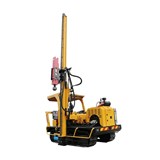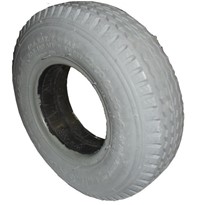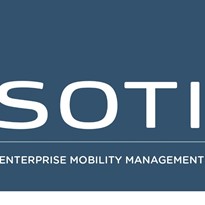The ability for transport operators to provide better service capabilities to their customers has increased exponentially in recent years with a wave of mobility solutions released onto the market enabling real time and accurate processing of information. These smart technologies are creating an unprecedented level of connectedness between the customer, the office and the field. As a result they are rapidly becoming an important differentiator for operators seeking to up the ante on customer service and improve overall business processes.
If we consider the myriad tracking solutions, vehicle management solutions and mobile solutions currently available, the task of evaluating the options can be mind boggling. To put some structure around the process smart transport operators are taking a big picture view and adopting a strategy of continuous improvement to ensure that buying decisions made early in the piece will sustain them as the company's long term vision unfolds.
Unfortunately for many operators the combined complexities of wading through the solutions on the market and matching an appropriate solution against desired business outcomes can be difficult. Decisions can potentially result in disappointment when businesses discover that the solution they have doesn't do everything they want it to.
The key here is understanding the difference between GPS tracking, vehicle monitoring and mobility solutions. Your focus may be tracking & monitoring your fleet and driver behaviour or, improving business processes and customer service with electronic runsheets, jobs and POD. You may want to achieve all or only elements of each. Let's consider how they differ.
Many transport companies who have implemented GPS and tracking solutions have achieved good levels of compliance through monitoring of their fleet and drivers. Drivers are increasingly careful and efficient and there is a general level of assurance that safety standards are being met. Furthermore, there is a sense of control that you know where your vehicles are and where they have been. Then, a customer calls and wants to know where their freight is and why it is delayed.
At this point you discover your solution doesn't deliver the information you require to answer this most common customer question. You know when your truck left the depot and you can see where the driver has been and where he is right now, but you can't be sure of what has been picked up or delivered. You are left with no choice but to call the driver.
The lack of visibility around your operations becomes a concern. Simply knowing the location of your truck and tracking its movements becomes secondary to understanding what activities are assigned to that truck and what is happening with the freight tasks at that particular point in time. Only now does it become apparent to many operators that they may be constrained by a solution that deals with just one small piece of the much bigger picture.
Having gained a good handle on tracking activities many companies believe the next step is a simple case of extending the GPS or tracking technology to deliver the real-time information they require, however it is not so simple. Unfortunately a solution designed to monitor driver behaviour and compliance will not deliver the capabilities afforded by a more sophisticated mobility solution.
Mobility solutions must combine back office operational data with GPS, proof of delivery and other 'mobile' data. Transport companies and their customers will then have ready access to real time job information, they will be able to see what a vehicle is carrying, the detailed status of each job, those completed with POD and those scheduled in sequence with the actual and planned route on the map. Managing job allocations, adjustments and updating driver run sheets in real time is now possible as is fatigue management and general communication with the driver.
A mobility solution can quickly become an integral part of the business and place many operators in a position to be able to improve business performance and negotiate improvements with the customer.
Put simply, a tracking solution that monitors driver behaviour and a mobility solution that is an integral part of the business are two very different things. When planning for a system, think about how it will address the high level areas of driver compliance, the freight task and customer service.
Understanding the differences, limitations and benefits of GPS and tracking solutions versus mobility solutions alongside a future plan will ensure that the investment you do make will deliver the results you are seeking.






-160x160-state_article-rel-cat.png)
-160x160-state_article-rel-cat.png)




-160x160-state_article-rel-cat.png)






